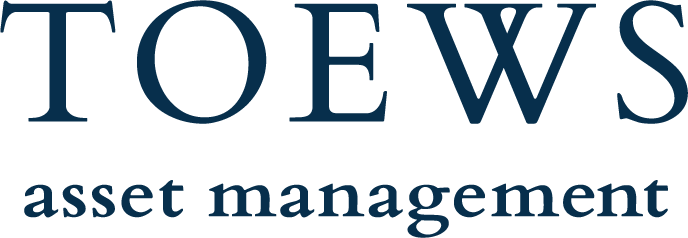Designed For Every Market Cycle
Characteristics | Hedged US Fund | Hedged US Opportunity Fund | Hedged Oceana Fund | Tactical Defensive Alpha |
|---|---|---|---|---|
Ticker | THLGX | THSMX | THIDX | TTDAX |
Asset Class Exposure | S&P 500 Index and NASDAQ 100 | Russell 2000 & S&P 400 Index | MSCI EAFE Index | S&P 500 Index |
Sudden Event Risk Edge | Yes | Yes | Yes | Yes |
Rules Based Price Reactive Strategy | Yes | Yes | Yes | Yes |
Defensive Positioning | 1-3 Year or 5-7 Year Inv Grade Bonds | 1-3 Year or 5-7 Year Inv Grade Bonds | 1-3 Year or 5-7 Year Inv Grade Bonds | Dynamically manage long dated puts while writing shorter dated options to attempt to lower volatility. |
Portfolio holdings are subject to change and should not be considered investment advice.
DEFINITIONS
S&P 500 Index
The Standard and Poor’s 500, or simply the S&P 500, is a stock market index tracking the performance of 500 large companies listed on stock exchanges in the United States.
NASDAQ 100
The Nasdaq-100 is a stock market index made up of 101 equity securities issued by 100 of the largest non-financial companies listed on the Nasdaq stock market. It is a modified capitalization-weighted index.
Russell 2000
The Russell 2000 Index is a small-cap stock market index that makes up the smallest 2,000 stocks in the Russell 3000 Index. It was started by the Frank Russell Company in 1984. The index is maintained by FTSE Russell, a subsidiary of the London Stock Exchange Group.
S&P 400 Index
The S&P MidCap 400 Index, more commonly known as the S&P 400, is a stock market index from S&P Dow Jones Indices. The index serves as a barometer for the U.S. mid-cap equities sector and is the most widely followed mid-cap index.
MSCI EAFE
The MSCI EAFE Index is a stock market index that is designed to measure the equity market performance of developed markets outside of the U.S. & Canada. It is maintained by MSCI Inc., a provider of investment decision support tools; the EAFE acronym stands for Europe, Australasia and Far East.
Sudden Event Risk Hedge
Sudden Event Risk is any unforeseen or unexpected occurrence that can cause markets to experience a precipitous and rapid fall in prices.
Rules Based Price Reactive Strategy
Each asset class has exit and entry levels that adjust daily as our algorithm monitors multiple time periods of price history for each asset class and the rate at which prices are declining or rising for that asset sclass.
There is no guarantee that any investment strategy will achieve its objectives, generate profits or avoid losses.
The Funds may execute an investment strategy or hedge by entering into derivative contracts such as futures and swaps, which can be riskier than traditional investments. The Funds may invest in ETF’s. As a result, your cost of investing in the Funds will be higher than the cost of investing directly in ETF shares and may be higher than other mutual funds that invest directly in stocks and bonds. When the adviser believes market conditions are unfavorable, the adviser may attempt to “hedge” with defensive positions and strategies including holding substantial positions in foreign or domestic fixed-income securities and/or cash equivalents, which may limit potential gains when compared to unhedged funds. Bond Funds contain interest rate risk (as interest rates rise bond prices usually fall); the risk of issuer default; and inflation risk. High-yield, high-risk securities, commonly called “junk bonds,” are considered speculative. Lower-quality debt securities involve greater risk of default or price changes due to potential changes in credit quality of the issuer.
The Funds may invest in small, less well-known companies, which may be subject to more erratic market movements than large-cap stocks; derivative securities, covered call and put option risk which may carry market, credit, and liquidity risks. Investments in foreign securities could subject the Funds to greater risks including, currency fluctuation, economic conditions, and different governmental and accounting standards. Non-diversification risk, as the Funds are more vulnerable to events affecting a single issuer. In addition to the risks generally associated with investing in securities of foreign companies, countries with emerging markets also may have relatively unstable governments, social and legal systems that do not protect shareholders, economies based on only a few industries, and securities markets that trade a small number of issues.
Mutual Funds involve risk including possible loss of principal. An investor should consider the Fund’s investment objectives, risks, charges, and expenses carefully before investing. This and other information about the Funds is contained in the Fund’s prospectus, which can be obtained by calling 877-558-6397. Please read the prospectus carefully before investing. Toews Funds are distributed by Northern Lights Distributors, LLC, Member FINRA/SIPC. Toews Corporation is not affiliated with Northern Lights Distributors, LLC.

